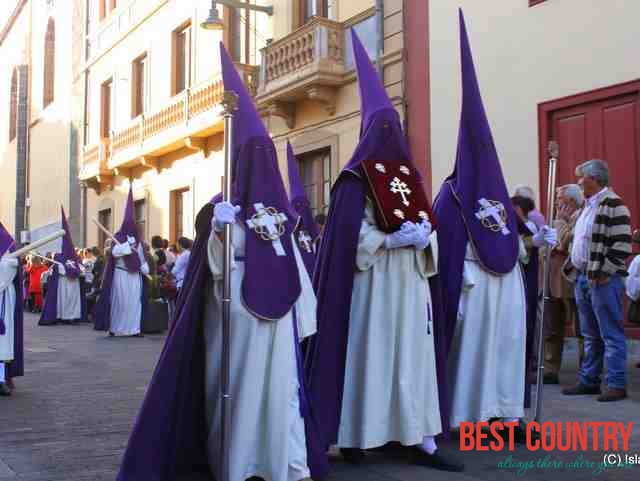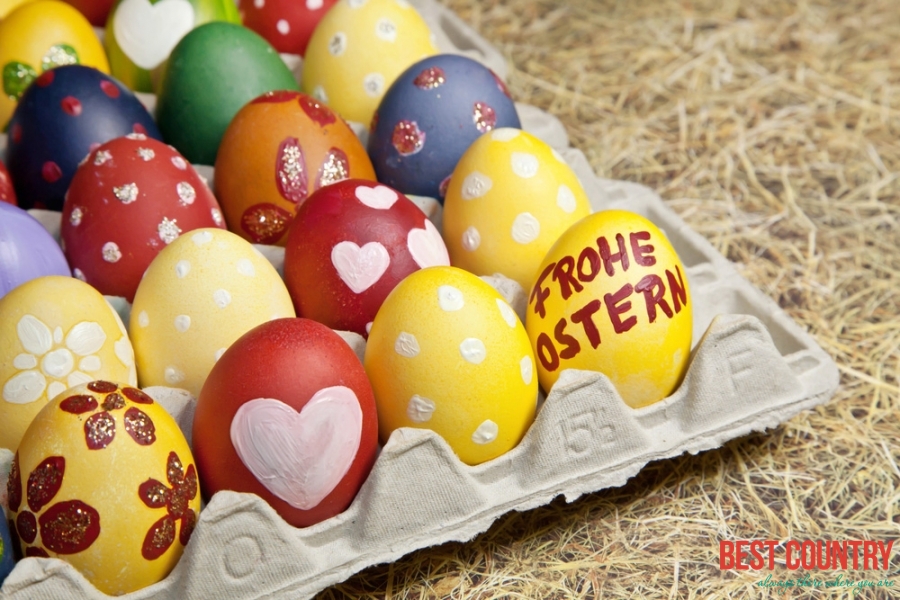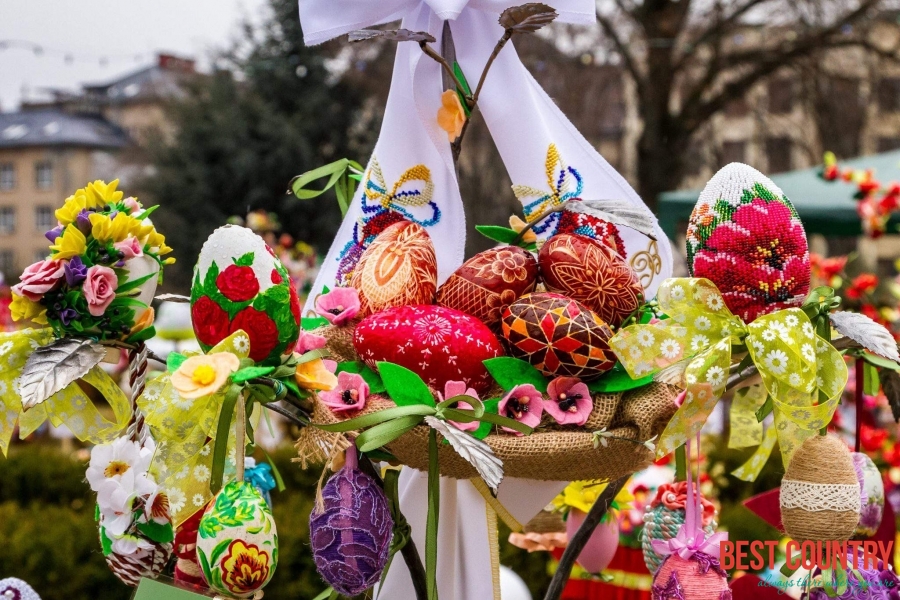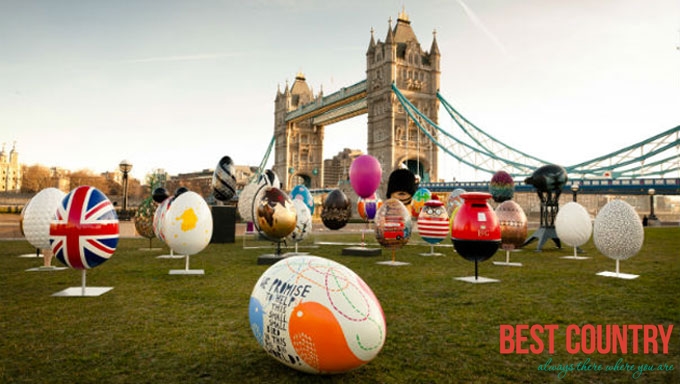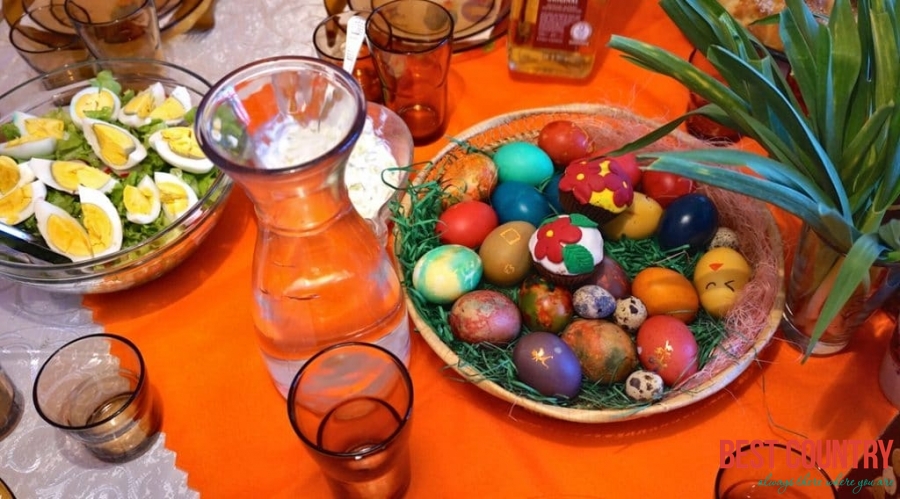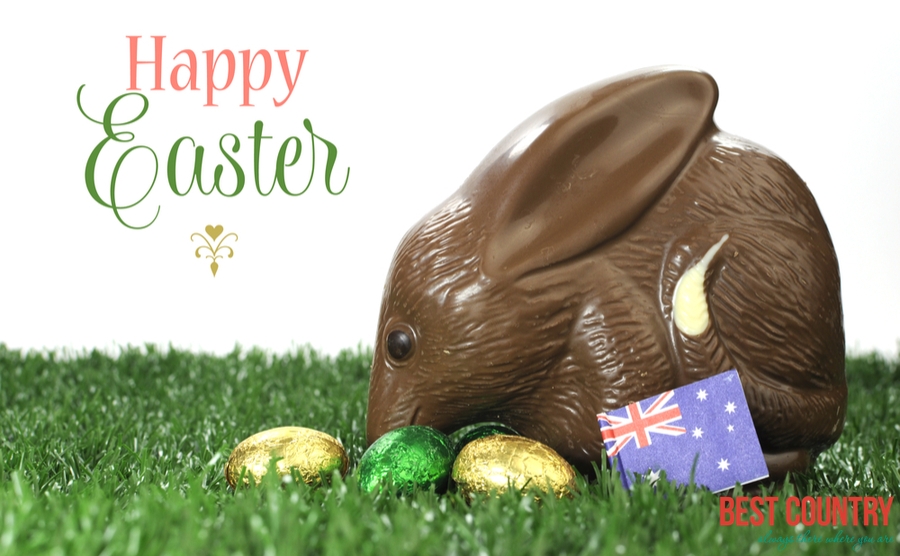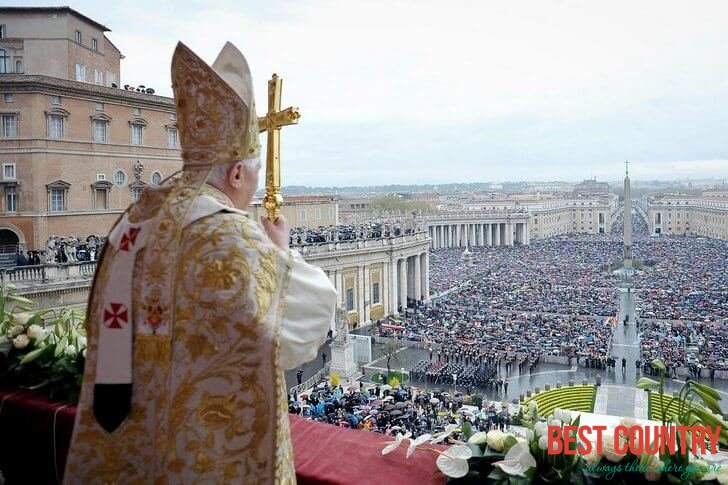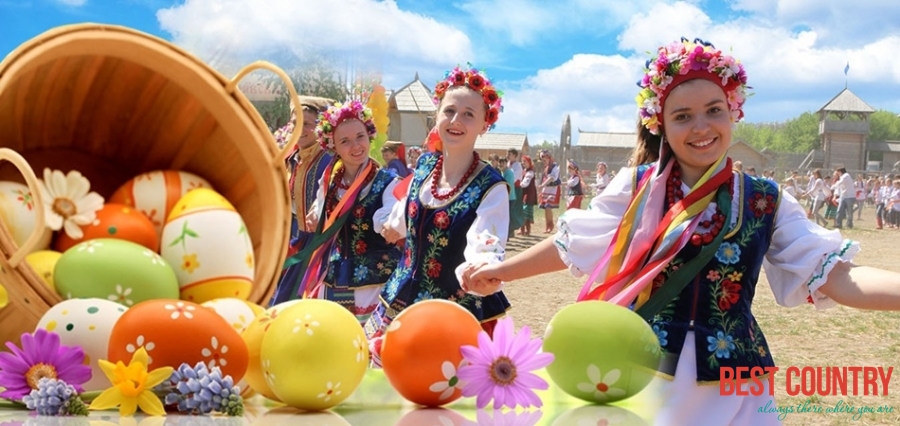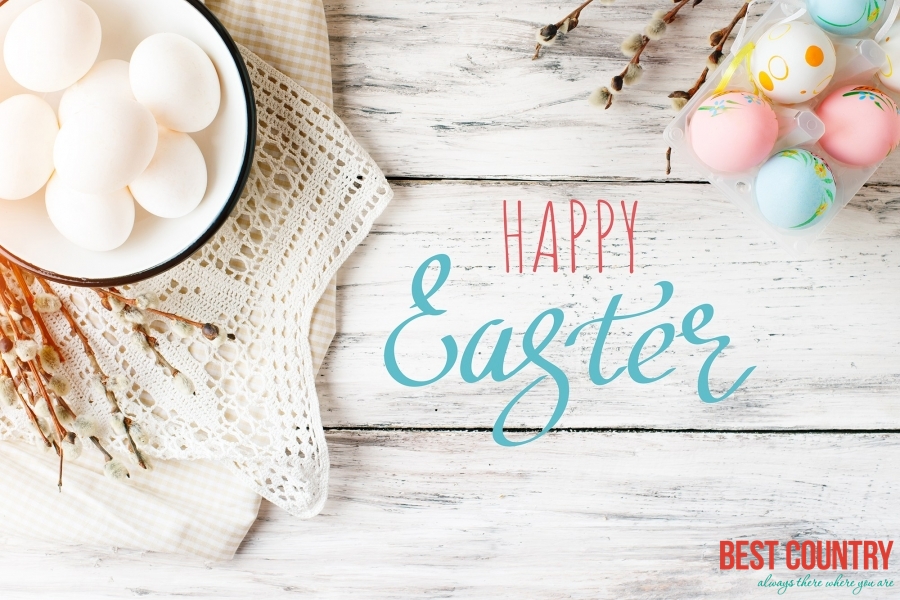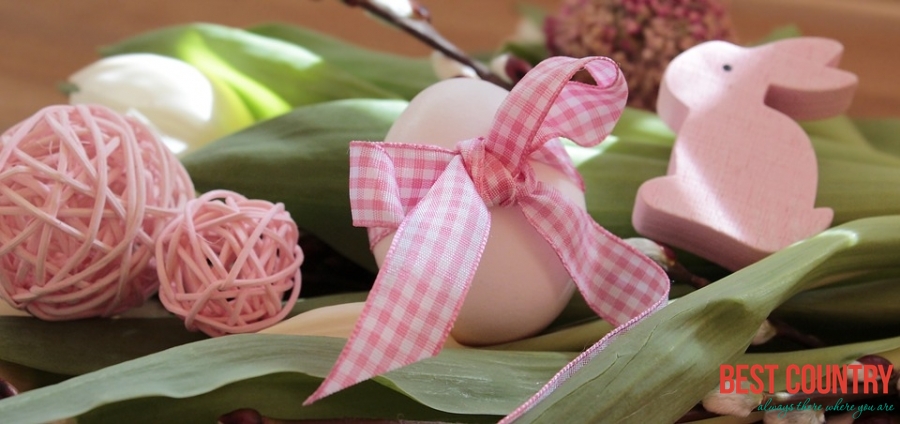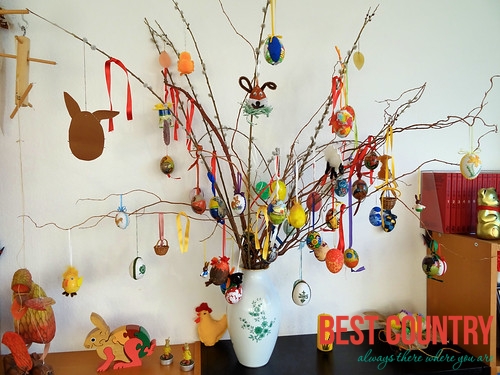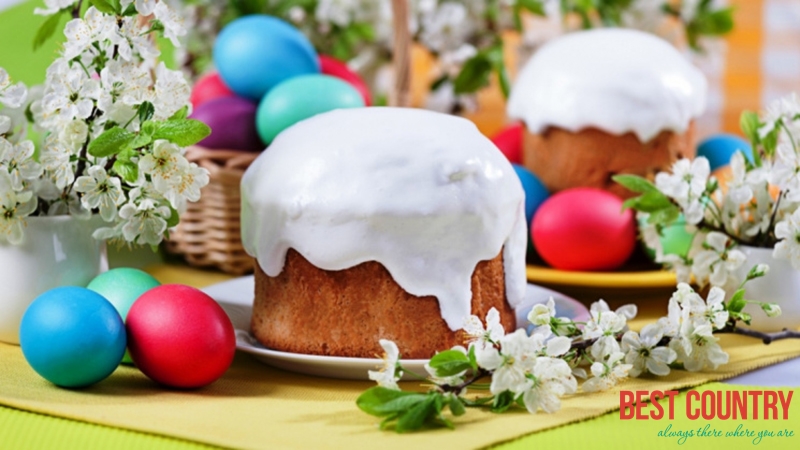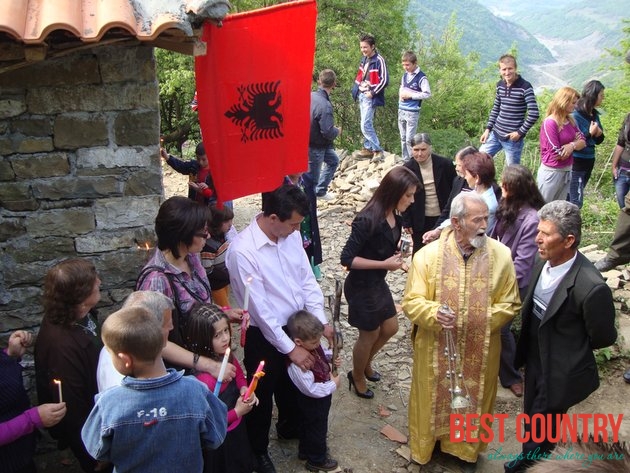Easter traditions of the different countries
Easter traditions in Spain
A major festival after Christmas, Easter is celebrated throughout the world with much pomp and fanfare by the Christian community. The holiday observes the resurrection of Jesus Christ from the dead, after He was crucified on Good Friday. Apart from festivity and celebrations, the occasion also stands for one’s faith in goodness and religion. The day welcomes the spring season after the end of the Lent period. The Spanish celebrate the true meaning of Easter in a bigger way than most other European countries. Somber processions are carried out where robed and hooded penitents carry heavy religious statues through the streets.
Easter traditions in Germany
Easter is celebrated to remember the resurrection of Jesus Christ from the dead after His crucifixion on Good Friday. The festival also marks the onset of the spring season after the end of the Lent period. It is observed by the entire Christian community throughout the world. The most important Easter symbols are spring flowers, eggs, chickens, hares and lambs. Easter celebrations in Germany are quite similar to other countries. Post offices, banks, stores and other businesses are usually shut down. Easter in Germany is known for colorful eggs and chocolate bunnies. The festival is celebrated with a whole lot customs and traditions.
Easter traditions in Hungary
Easter is a two-day holiday in Hungary, celebrated with great fanfare and religious fervor. The holidays are enjoyed to the fullest by the Hungarians. People celebrate the occasion by following customs that are native to their homeland. A number of interesting folk customs are still alive in the European country, which make the festivities colorful. Out of the customs, sprinkling perfumed water and egg-painting are very popular and are followed even today. Go through the following lines to know all about the celebrations of Easter in Hungary and various customs followed for the same.
Easter in Great Britain
Easter is the most important festival in the Christian church year. It begins with Good Friday. The Romans killed Jesus Christ in Jerusalem about two thousand years ago. Christians believe in the Resurrection of Jesus Christ on the third day after his Crucifixion.
Easter traditions in Bulgaria
Easter is one of the most significant holidays in the Bulgarian calendar. Starting with Palm Sunday, the holy week leads up to the Great Day. In the country, the festival is popularly known as "Velikden", which literally means 'the faith in the resurrection of Jesus Christ'. Easter traditions in Bulgaria are a derivative of the Eastern Orthodox Church rituals. In tune with worldwide Orthodox traditions, bright red colored eggs and Easter breads known as "kolache" or "kozunak" are the prominent symbols of Easter in Bulgaria. In the article, explore all about the traditions and celebrations of Easter in Bulgaria.
Easter in Belgium
In Belgium Easter is one of the big celebrations.Christians celebrate Easter every year in remembrance of the resurrection of Jesus Christ.
Easter traditions in Australia
The island nation of Australia celebrates Easter with great fanfare and traditional fervor. Being a land of aboriginal tribes and exotic animals, Australia celebrates Easter by imbibing its unique native elements. The Christian churches in the country follow the Easter Christian Calendar to celebrate the festival, which begins with Shrove Tuesday and ends with Whitsun (or Pentecost), which is 50 days after Easter Sunday. Good Friday is a day of mourning. On Easter Sunday, churches are bedecked with flowers, to commemorate the Resurrection of Lord Jesus Christ.
Easter at the Vatican
Easter at the Vatican is said to be one of the most incredible spiritual journeys a Catholic can take, and it seems that every year, the Vatican receives a little more world wide attention from the nations which make it into the Pope’s address.
Easter traditions in Ukraine
Easter is the feast of Christ’s resurrection, which in its observance combines both pagan and Christian elements. Easter (in Ukrainian: ‘Velykden’ or ‘Paskha’) is preceded by seven weeks of Lent and celebrated on each first week after vernal equinox and full moon. It is the most cheerful holiday for orthodox believers.
Easter traditions in Estonia
Easter in Estonia should not be missed. A rich historic background and periods of different rule have all left their mark on Estonian holiday traditions, making Easter one of the best times to enjoy Estonia’s colour and history.
Easter Week break in Andorra
Liturgical and cultural traditions in Andorra come together in the budding beautiful setting of spring, opening up marvellous nature spots. Easter Week is a good time to enjoy what the Pyrenean country has to offer: relaxing in the spa circuits, shopping or savouring the country’s typical dishes.
Easter traditions in Austria
Everything starts on PALM SUNDAY
The "palms" are actually made from various green branches or shoots (pussy willows, branches of juniper, boxwood, periwinkle, etc.). In some regions, they're decorated with apples, oranges, nuts, colored eggs, pretzels, artificial flowers, little wreaths or multi-colored ribbons.
Easter in Belarus
Easter is the central feast in the Christian liturgical year. According to the Canonical gospels, Jesus rose from the dead on the third day after his crucifixion.
Easter in Albania
For a long time, roughly half-a-century, celebrating a religious festivity was a pure act of rebellion in Albania. Former dictator Enver Hoxha in his attempt to create the homo-sovieticus had banned anything from Christmas to Carnivals. Any challenge to the rule and you could be drop-shipped to the gulags as priority mail.
